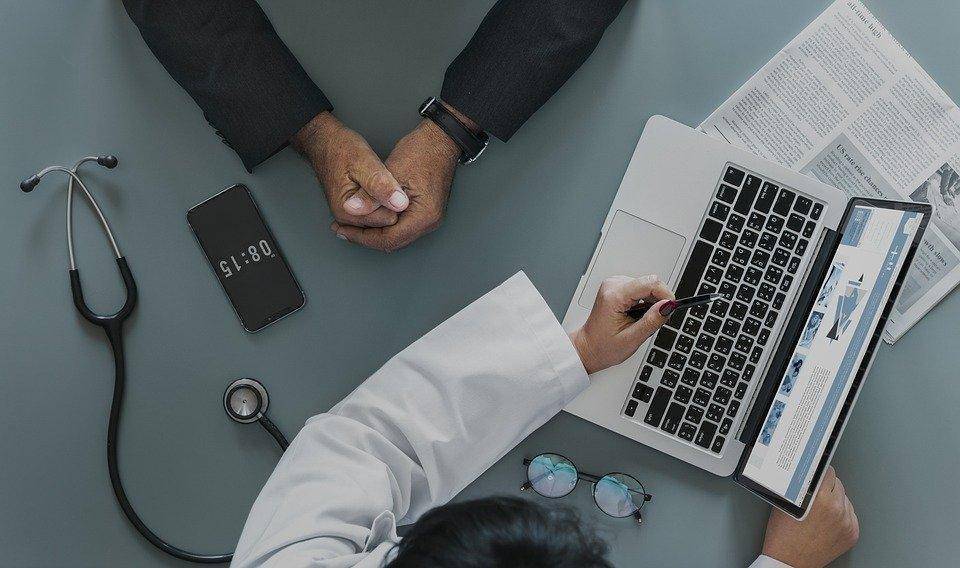Dear Savvy Senior,
I just found out I have stage 1 hypertension and my doctor recommended I get a home blood pressure monitor to keep an eye on it. Can you offer me any tips on choosing and using one?
Hypertensive Helen
Dear Helen,
It’s a smart idea! Everyone with elevated or high blood pressure – stage 1 (or 130/80) and higher – should consider getting a home blood pressure monitor. Home monitoring can help you keep tabs on your blood pressure in a comfortable setting. Plus, if you’re taking medication it will make certain it’s working, and alert you to a health problem if it arises.
Home Monitors
The best type of home blood pressure monitors to purchase are electric/battery powered automatic arm monitors, which are more reliable than wrist or fingertip monitors. With an automatic arm monitor, you simply wrap the cuff around your bicep and with the push of one button the cuff inflates and deflates automatically giving you your blood pressure reading on the display window in a matter of seconds.
Many monitors today also come with additional features like irregular heartbeat detection; a risk category indicator that tells you whether your blood pressure is in the high range; a data-averaging function that allows you to take multiple readings and get an overall average; multiple user memory that allows two or more users to save their readings; and downloadable memory that lets you transmit your data to your computer or smartphone.
You can find these monitors at pharmacies, medical supply stores or online, and you don’t need a prescription to buy one. Prices typically range between $40 and $100.
In most cases, original Medicare will not cover a home blood pressure monitor, but if you have a Medicare Advantage plan or a private health insurance policy it’s worth checking into, because some plans may provide coverage.
Some of the best automatic arm monitors as recommended by Consumer Reports are the Omron 10 Series BP786N ($75); Rite Aid Deluxe Automatic ($60); Omron Evolv BP7000 ($70); and A&D Medical UA767F ($45).
How to Measure
After you buy a monitor, it’s a good idea to take it to your doctor’s office so they can check its accuracy and make sure you’re using it properly. Here are some additional steps to follow to ensure you get accurate readings at home.
- Relax: Don’t exercise, smoke or drink caffeinated drinks or alcohol for at least 30 minutes before measuring. Sit quietly for at least five minutes before you take a measurement and remain quiet during the test.
- Sit correctly: Sit with your back straight and supported (on a dining chair, rather than a sofa). Your feet should be flat on the floor and your legs should not be crossed. Your arm should be supported on a flat surface (such as a table) with the upper arm at heart level. Make sure the middle of the cuff is placed directly above the bend of the elbow. Check your monitor’s instructions for an illustration.
- Put the cuff directly on your bare skin: Putting it over clothes can raise your systolic (upper) number by up to 40 mmHg.
- Measure at the same time every day: It’s important to take the readings at the same time each day, such as morning and evening. It doesn’t matter whether you do it before or after taking medication. Just be consistent.
- Go to the bathroom: A full bladder can rise your systolic pressure by 10 to 15 mmHg.
- Take multiple readings and record the results: Each time you measure, take two or three readings one minute apart and record the results by writing them down, or using an online tracker (see com).
For more information on high blood pressure numbers and how to accurately measure it at home, visit Heart.org/HBP.
Send your senior questions to: Savvy Senior, P.O. Box 5443, Norman, OK 73070, or visit SavvySenior.org. Jim Miller is a contributor to the NBC Today show and author of “The Savvy Senior” book.

